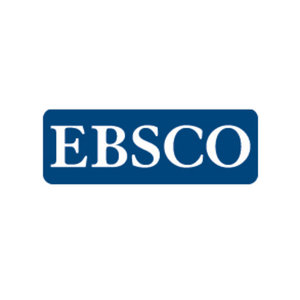Energy efficiency of an agricultural tractor according to different driving modes and working speeds
DOI:
https://doi.org/10.15361/1984-5529.2018v46n2p101-106Abstract
The objective of this study is to evaluate the energy efficiency of an agricultural tractor according to driving modes (full throttle and shift up and throttle back) and working speeds (3.50 km h-1, 6.70 km h-1 and 9.80 km h-1) during a disc harrow operation. The experimental design was randomized blocks in a bi-factorial design (2x3) with three replications, totaling 18 experimental units. An agricultural tractor was used with a nominal power of 55 kW (75 hp) pulling a disc harrow. The evaluated variables were hourly, specific and operational fuel consumption, all recorded by electronic instrumentation installed in the tractor. The results indicate that the shift up and throttle back mode may be used as a rational driving strategy for agricultural tractors. Savings of up to 22.43% of fuel have been obtained in face of the full throttle mode normally used by farmers.
Published
How to Cite
Issue
Section
License
The authors, upon submitting the manuscript, agree that if it is accepted for publication, the copyright of the work will automatically be transferred to Científica: Journal of Agricultural Sciences.Opinions and concepts contained in the article and the reliability and accuracy of the information and references presented in it are the sole responsibility of the authors.









